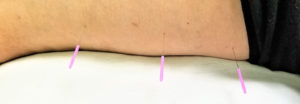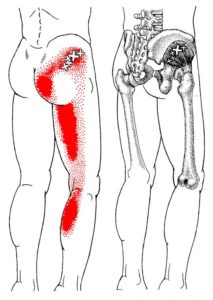
Dry Needling
Dry needling, which is used in physiotherapy sessions, is a specialised form of acupuncture where solid filament needles are inserted into the skin and muscle directly at a myofascial trigger point.
Deep tissue massage is a type of massage that involves applying firm pressures and slow strokes to reach deeper layers of muscle and “fascia” (the connective tissue surrounding muscles). It is used for chronic aches and pain including contracted areas such as a stiff neck and upper back, low back pain, leg muscle tightness, and sore shoulders.
There are many benefits of a deep tissue massage:
Yes and no. At certain times during the massage, you may feel some discomfort or pain as the therapist works on areas where you may have adhesions or scar tissue. Pain is not necessarily a bad thing, but it can cause your body to tense up which can limit the effectiveness of the massage. Thus it is important to tell your therapist if you are feeling any pain so they can adjust their technique or apply further prep to the tissues which will help you get the most out of your treatment session.
Deep tissue massage may not be safe for people with blood clots (e.g. thrombophlebitis or deep vein thrombosis) due to the risk that clots could become dislodged. If you have blood clots or are at risk of forming blood clots, it is essential that you consult your doctor first.
Trigger points or muscle “knots” are sensitive spots within the soft tissue that reflect pain along the body (look at Figure 1 below). Notice the “x’s” over the gluteus medius muscle. These “x’s” represent the active trigger point within that muscle group. These trigger points can refer pain into all the areas that are coloured red. Myofascial trigger points can be as common as pimples and seem to grow like weeds around injuries. They may also be a major factor in back or neck pain. In a recent study of 154 asymptomatic (no symptoms) subjects, 89.9% had at least one latent myofascial trigger point. (Lucas et al. 2008)
The formation of myofascial trigger points may also be due to the “Cinderella hypothesis” where sustained low-level contractions (posture, over-breathing, visceral dysfunction) continually activate smaller type 1 muscle fibres that become metabolically overloaded and form trigger points. (Shah & Gilliams, 2008).
Trigger point therapy involves rubbing or pressing on these trigger points. Often times, a direct pressure on a trigger point can light up pain along the body. Hence the name “trigger point” – when you press on the point, pain is referred or reflected away from the point like the trigger of a gun. Usually a therapist will direct a pressure through the trigger point until the point becomes de-sensitised and relaxes.
There are many possible causes of unexpected aches and pain, but trigger points are an interesting piece of the puzzle for many people, and offer some potential for relief.


Dry needling, which is used in physiotherapy sessions, is a specialised form of acupuncture where solid filament needles are inserted into the skin and muscle directly at a myofascial trigger point.

Myofascial release is a very safe and effective hands-on technique that is specifically aimed at treating dysfunctions and pain in the myofascial structures of the human body

Sports massage is a form of bodywork that is geared towards athletes. It is primarily used to help prevent repetitive and acute sports injuries.
PHYSIOTHERAPY IS AN ESSENTIAL HEALTH SERVICE
During this pandemic, chartered physiotherapists at West Coast Physio will continue to provide services while following all relevant government COVID-19 guidelines to keep you safe during your visit, including screening for COVID-19 before each treatment.
Disclaimer: The information provided on this website is for informational purposes only and should not be treated as medical advice. If you have any questions about your condition, please do not hesitate to give us a call.
